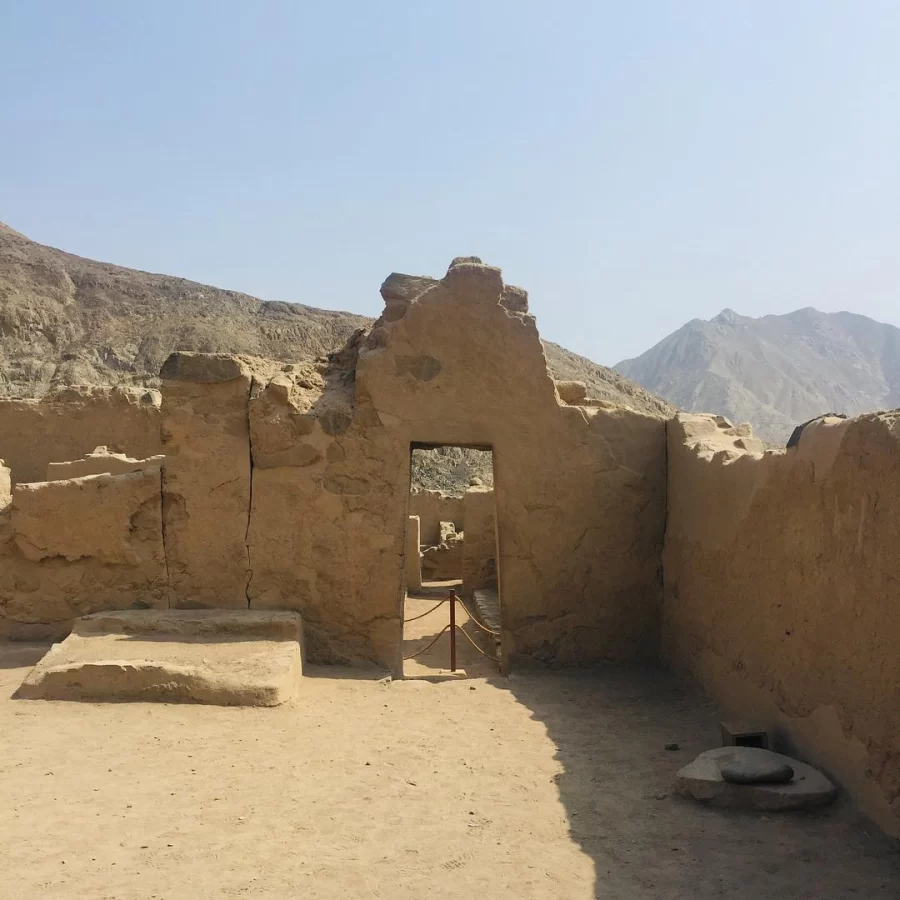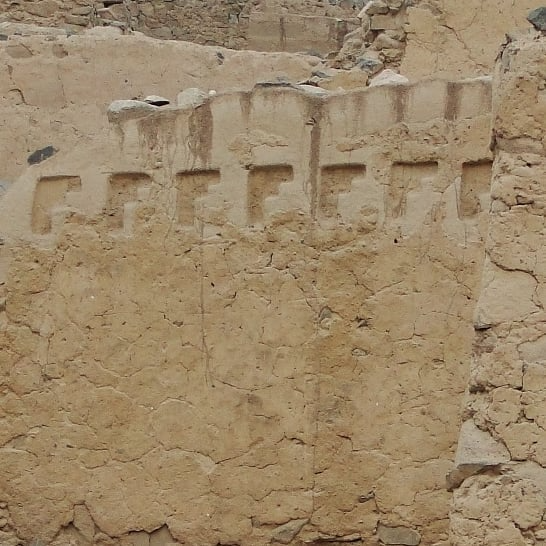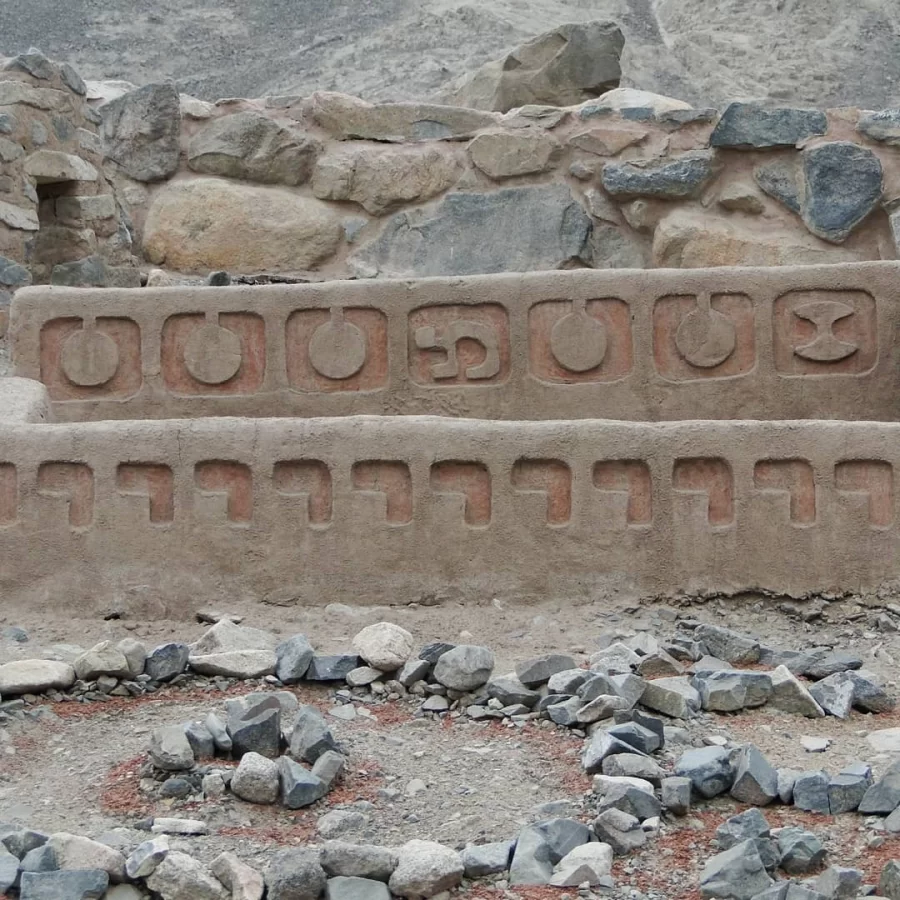The Archaeological Zone Huaycán de Cieneguilla, is a small treasure located in the eastern part of the city of Lima, it is an ancient pre-Hispanic set, is a tourist spot that despite being within the capital city, is not well known and receives few visits.
Here we leave you some useful information so you don't miss Huaycán, in your next visit to Lima.
Table of Contents
Huaycán de Cieneguilla, se trata de un centro urbano de gran importancia que durante el período Intermedio tardío, el Señorio de Ychsma hábito en las áreas alrededor de los ríos Rímac y Lurín, sobresale la Pirámide con Rampa, la cual sería una estructura que representaba el poder de la elite y nobleza de los Ychsma.
Then it would pass to be under Inca domain, it is during this time that the Ychsmas had a different relevance, according to the chronicles Tupac Yupanqui son of the ruler Pachaquteq, was who would have conquered and annexed the Lordship of Ychsma, turning the town into an administrative and ceremonial center. Tupac Yupanqui started the construction of an important temple called Punchao Cancha.
It was also during this time that Pachacamac was connected to Hatun Xauxa by a section of the Qhapaq Ñan, which was the network of Inca roads that connected the entire Tawantinsuyo empire.
In the architectural constitution you can notice the great influence of the Inca culture, especially in 2 structures with ramps, which are a clear reference to the Inca period by the ceramics found in the place and the style of the walls, they present the characteristic trapezoidal style, channels and ceremonial fountains made with carved stones.
It is so well a theory that raises that Huaycán de Cieneguilla was an administrative center of minor rank, since it is known that Pachacamac and Hatun Xauxa were sites of greater relevance where it was exercised greater control during the Incanato, this because of the noble families of elite that lived in these sites.
On the other hand, Huaycán de Cieneguilla, due to its strategic location, would have fulfilled a control function in the roads.

The archaeological complex of Huaycán covers an area of 31 hectares, currently there are 6 recognized sectors with internal divisions that distinguish them.
In the Central Sector (Sector II) are the public ceremonial spaces, in this sector are the Patio with Frieze, The platform with Patio, The Pyramid with Ramp.
Sector V is an urban area, with the presence of underground structures and areas with a possible restructuring in Inca style. There are buildings with ramps, as well as tombs that show the possible cult to the ancestors who lived in these houses.
In other sectors there are also ornamented buildings, enclosures of Las Ventanas with ashlar masonry, which is a clear example of the Inca architectural influence.


This archaeological site is located on the left bank of the Lurin River, at an altitude of 500 meters above sea level, occupies almost the entire ravine of Huaycan, currently the archaeological complex is surrounded by modern populations, bordered on the north by the Huaycan de Cieneguilla Rural Town Center, and to the south with the bottom of the ravine of Huaycan.
In the province of Lima in the city of Lima.
The archaeological site of Huaycán is open to the public from Monday to Sunday from 8:30 am to 4 pm, admission is free. It can be reached by public transportation or private cars that leave from La Molina to Cieneguilla.
